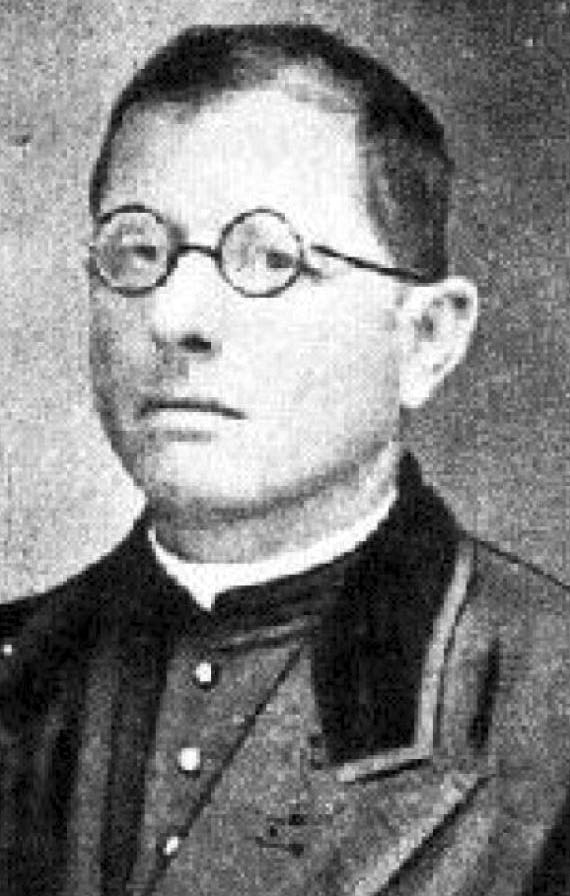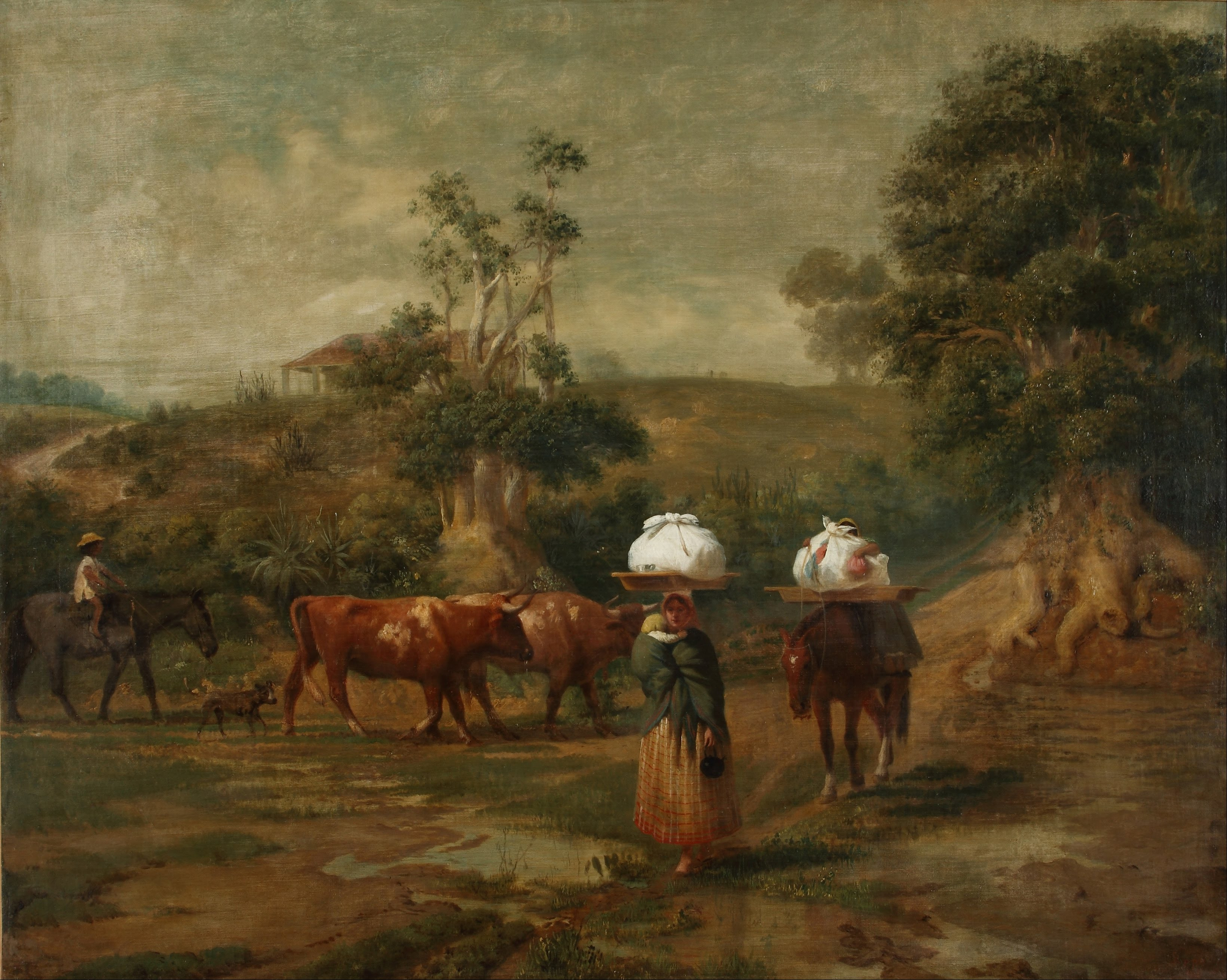|
Copa Campeonato
The Copa Campeonato Primera División (familiarly known as Superfinal) was an official Argentine football cup competition organized by the Argentine Football Association. It was played in a single match format between the Torneo Inicial and Torneo Final champions. History Originally awarded to Primera División champions, the trophy is the oldest in Argentine football, having been awarded for the first time in 1896,"El trofeo más añejo del fútbol argentino" on Copa Argentina website, 26 Jun 2013 three years after the was established, and played without interruption unt ... [...More Info...] [...Related Items...] OR: [Wikipedia] [Google] [Baidu] |
Argentine Football Association
The Argentine Football Association ( es, Asociación del Fútbol Argentino, ; AFA) is the governing body of football in Argentina based in Buenos Aires. It organises the main divisions of Argentine league system (from Primera División to Torneo Regional Federal and Primera D), including domestic cups: Copa Argentina, Copa de la Liga Profesional and the Trofeo de Campeones de la Liga Profesional. The body also manages all the Argentina national teams, including the Senior, U-20, U-17, U-15, Olympic and women's squads. Secondly, it also organizes the women's, children, youth, futsal, and other local leagues. The AFA also organised all the Primera División championships from 1893 to 2016–17. From the 2017–18 season the "Superliga Argentina", an entity which was administrated independently and had its own statute, took over the Primera División championships. [...More Info...] [...Related Items...] OR: [Wikipedia] [Google] [Baidu] |
2015 Argentine Primera División
The 2015 Argentine Primera División or Torneo de Primera División 2015 "Julio H. Grondona" was the 125th season of top-flight professional football in Argentina. The season began on February 13 and ended on December 6. Thirty teams competed in the league, twenty returning from the 2014 Torneo de Transición and ten promoted from the 2014 Primera B Nacional (Aldosivi, Argentinos Juniors, Colón, Crucero del Norte, Huracán, Nueva Chicago, San Martín (SJ), Sarmiento, Temperley and Unión). No teams were relegated to the Primera B Nacional Championship in the previous tournament. Competition format Each of the 30 teams plays the other sides once, along with an extra derby game, for a total of 30 matches for each side. The winners and runners-up of the first division qualified for the 2016 Copa Libertadores. Additionally, the winner of the 2015 Copa Argentina earned the Argentina 3 berth to the Copa Libertadores. The teams that place third to sixth in the league table advanced ... [...More Info...] [...Related Items...] OR: [Wikipedia] [Google] [Baidu] |
San Lorenzo De Almagro
Club Atlético San Lorenzo de Almagro, commonly known as San Lorenzo de Almagro or simply San Lorenzo (in English: ''Saint Lawrence''), is a sports club of Argentina in the Boedo district of Buenos Aires. It is best known for its football team, which plays in the Primera División, the first tier of the Argentinian football league system. San Lorenzo is also considered one of the " big five" (''"Los 5 Grandes"'') of Argentinian football, along with Independiente, River Plate, Boca Juniors, and Racing Club. San Lorenzo plays its home games at Estadio Pedro Bidegain, popularly known as ''Nuevo Gasómetro''. The stadium and sports facilities are located in the Bajo Flores district of the Buenos Aires. The club's previous stadium was the '' Viejo Gasómetro'', located in Boedo. In 1979, the ''Gasómetro'' was expropriated by the de facto Government of Argentina and then sold to supermarket chain Carrefour. The club currently has six headquarters: three in Boedo, one in Mon ... [...More Info...] [...Related Items...] OR: [Wikipedia] [Google] [Baidu] |
2013–14 Argentine Primera División Season
The 2013–14 Primera División season was the 123rd season of top-flight professional football in Argentina. It started on August 2, 2013 and ended on May 24, 2014. Twenty teams competed in the league, seventeen returning from the 2012–13 season and three promoted from the Primera B Nacional Championship (Championship winners Rosario Central, runners-up Gimnasia y Esgrima (LP) and 3rd place Olimpo). For first time Independiente did not compete in the Primera División championship. In the first half of the season San Lorenzo became champion of the 2013 Torneo Inicial "Nietos Recuperados", winning the “Miguel Benancio Sánchez” League Cup. The winner of the 2014 Torneo Final "Nietos Recuperados", River Plate, won the "Presidente Raúl Alfonsín" League Cup. In the Superfinal, River Plate won the Campeonato Cup after a 1-0 victory over San Lorenzo in La Punta, San Luis. Argentinos Juniors and All Boys were relegated to the Primera B Nacional Championship. The third rel ... [...More Info...] [...Related Items...] OR: [Wikipedia] [Google] [Baidu] |
Mendoza, Argentina
Mendoza (, ), officially the City of Mendoza ( es, Ciudad de Mendoza) is the capital of the province of Mendoza in Argentina. It is located in the northern-central part of the province, in a region of foothills and high plains, on the eastern side of the Andes. As of the , Mendoza had a population of 115,041 with a metropolitan population of 1,055,679, making Greater Mendoza the fourth largest census metropolitan area in the country. Ruta Nacional 7, the major road running between Buenos Aires and Santiago, runs through Mendoza. The city is a frequent stopover for climbers on their way to Aconcagua (the highest mountain in the Western and Southern Hemispheres) and for adventure travelers interested in mountaineering, hiking, horse riding, rafting, and other sports. In the winter, skiers come to the city for easy access to the Andes. Two of the main industries of the Mendoza area are olive oil production and Argentine wine. The region around Greater Mendoza is the largest win ... [...More Info...] [...Related Items...] OR: [Wikipedia] [Google] [Baidu] |
Estadio Malvinas Argentinas
Malvinas Argentinas Stadium ( es, Estadio Malvinas Argentinas) is a stadium in the city of Mendoza in the homonymous province of Argentina. With a seating capacity of 42,000 spectators, the stadium is the largest in Mendoza. Built for the 1978 FIFA World Cup, It is owned and administrated by the Provincial Government.Estadio Malvinas Argentinas de Mendoza: cómo es y cuánta capacidad tiene 3 Nov 2021 on Goal.com The venue is mostly used for matches, although it has hosted some |
Newell's Old Boys
Club Atlético Newell's Old Boys () is an Argentine sports club based in Rosario, Santa Fe. The club was founded on 3 November 1903, and is named after Isaac Newell of the English county of Kent, one of the pioneers of Argentine football. A founding member of Liga Rosarina de Football,Argentina – Provincia de Santa Fe – Rosario on RSSSF.com the club affiliated to the (AFA) in 1939. Since then, Newell's Old Boys has taken part in tournaments organised by the body. The club has won six Argentin ... [...More Info...] [...Related Items...] OR: [Wikipedia] [Google] [Baidu] |
Club Atlético Vélez Sarsfield
Club Atlético Vélez Sarsfield () is an Argentine sports club based in Liniers, Buenos Aires. Its football team plays in Primera División, the highest level of the Argentine league system. Founded in 1910, the club has spent most of its history in the top tier of Argentine football. The club's home ground is the 49,540-capacity José Amalfitani Stadium, where they have played since 1951. One of the most successful clubs in Argentine football, Vélez Sarsfield had their first major success in 1968, when they won the league championship, and subsequently made regular seasons between 1970 and 1990. The club have enjoyed their greatest period of success in the past two decades, winning 15 trophies since 1993. Domestically, Vélez have won ten Primera División titles, while in continental competitions have won five international cups (including both the Copa Libertadores and the Intercontinental Cup). It is one of eight teams to have won CONMEBOL's treble. Vélez Sarsfield's r ... [...More Info...] [...Related Items...] OR: [Wikipedia] [Google] [Baidu] |
2016 Argentine Primera División
The 2016 Argentine Primera División - Copa Axion Energy was the 126th season of top-flight professional football in Argentina. The season began on February 5 and ended on May 29. Thirty teams competed in the league, twenty eight returning from the 2015 and two promoted from the 2015 Primera B Nacional (Atlético Tucumán and Patronato). Two teams ( Nueva Chicago and Crucero del Norte) were relegated to the Primera B Nacional Championship in the previous tournament. Lanús won their second title after defeating San Lorenzo 4–0 in the final. Competition format The tournament for the 2016 season was composed of two zones of 15 teams. Each team played the other 14 teams in its zone in a round-robin tournament and also played two interzonal matches against its rival team in the other zone, once home and once away. In the end, the winner of each played a final match on a neutral ground to determine the champion. Club information Stadia and locations Personnel Man ... [...More Info...] [...Related Items...] OR: [Wikipedia] [Google] [Baidu] |
2012–13 Argentine Primera División Season
1 (one, unit, unity) is a number representing a single or the only entity. 1 is also a numerical digit and represents a single unit of counting or measurement. For example, a line segment of ''unit length'' is a line segment of length 1. In conventions of sign where zero is considered neither positive nor negative, 1 is the first and smallest positive integer. It is also sometimes considered the first of the infinite sequence of natural numbers, followed by 2, although by other definitions 1 is the second natural number, following 0. The fundamental mathematical property of 1 is to be a multiplicative identity, meaning that any number multiplied by 1 equals the same number. Most if not all properties of 1 can be deduced from this. In advanced mathematics, a multiplicative identity is often denoted 1, even if it is not a number. 1 is by convention not considered a prime number; this was not universally accepted until the mid-20th century. Additionally, 1 is the s ... [...More Info...] [...Related Items...] OR: [Wikipedia] [Google] [Baidu] |
Argentina
Argentina (), officially the Argentine Republic ( es, link=no, República Argentina), is a country in the southern half of South America. Argentina covers an area of , making it the second-largest country in South America after Brazil, the fourth-largest country in the Americas, and the eighth-largest country in the world. It shares the bulk of the Southern Cone with Chile to the west, and is also bordered by Bolivia and Paraguay to the north, Brazil to the northeast, Uruguay and the South Atlantic Ocean to the east, and the Drake Passage to the south. Argentina is a federal state subdivided into twenty-three provinces, and one autonomous city, which is the federal capital and largest city of the nation, Buenos Aires. The provinces and the capital have their own constitutions, but exist under a federal system. Argentina claims sovereignty over the Falkland Islands, South Georgia and the South Sandwich Islands, and a part of Antarctica. The earliest recorded human prese ... [...More Info...] [...Related Items...] OR: [Wikipedia] [Google] [Baidu] |
Belgrano, Buenos Aires
Belgrano is a northern and leafy '' barrio'' or neighborhood of Buenos Aires, Argentina. Location The barrio of Palermo is to the southeast; Núñez is to the northwest; Coghlan, Villa Urquiza, Villa Ortúzar and Colegiales are to the southwest. History Belgrano was named after Manuel Belgrano, a politician and military leader who created the national flag of Argentina. In 1820, at Belgrano's death, Buenos Aires' legislature introduced a law to name the next town to be founded after him. This happened in 1855, when the Buenos Aires government, fearful that relatives of Juan Manuel de Rosas would dispute the governmental decision to expropriate Rosas' lands, laid down a new town on part of it and named it Belgrano. The town was declared a city shortly thereafter, due to its booming growth, and in 1880 it became the nation's capital for a few weeks, because of the dispute between the national government and Buenos Aires province for the status of the city of Buenos Aires ... [...More Info...] [...Related Items...] OR: [Wikipedia] [Google] [Baidu] |






